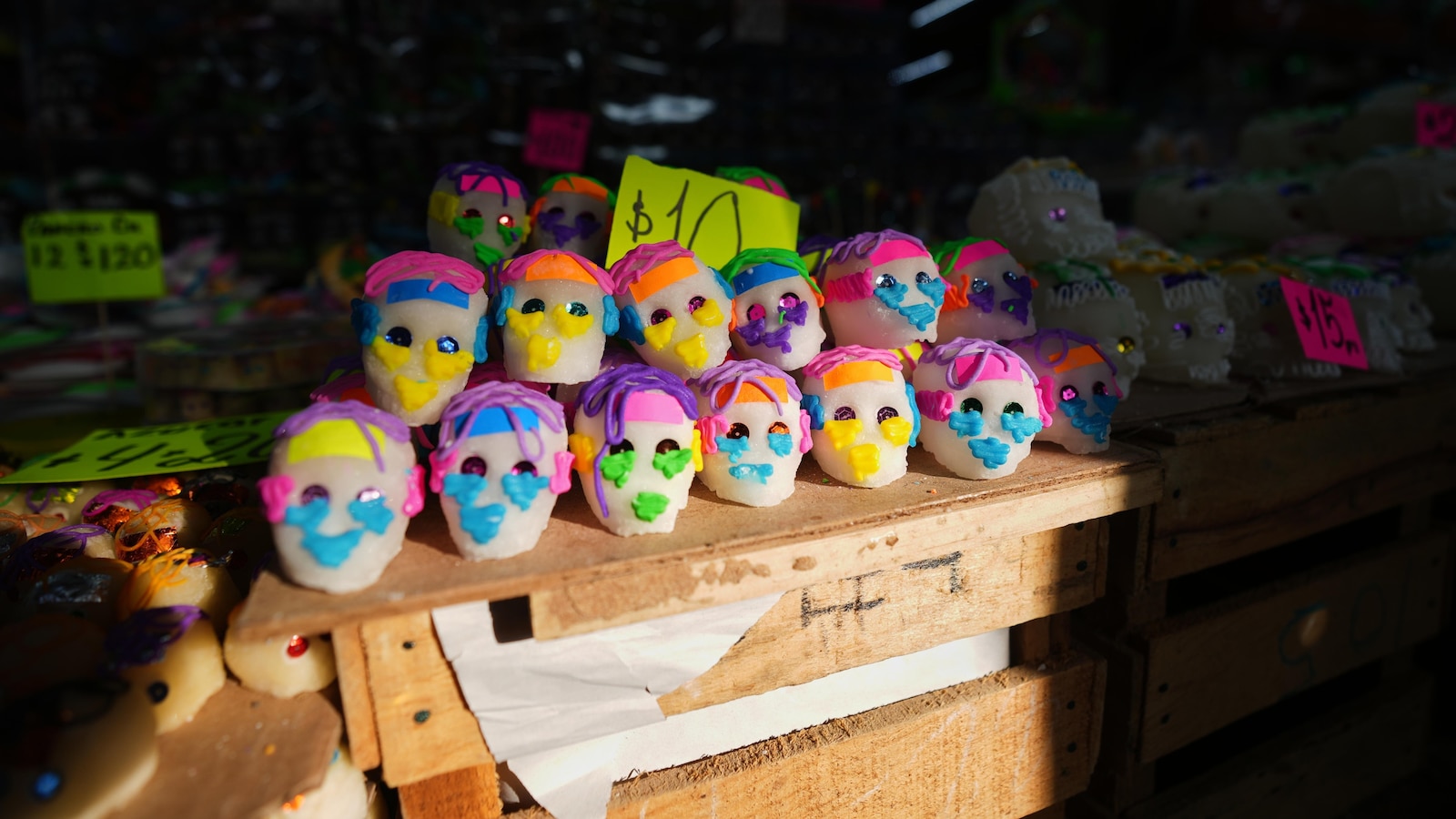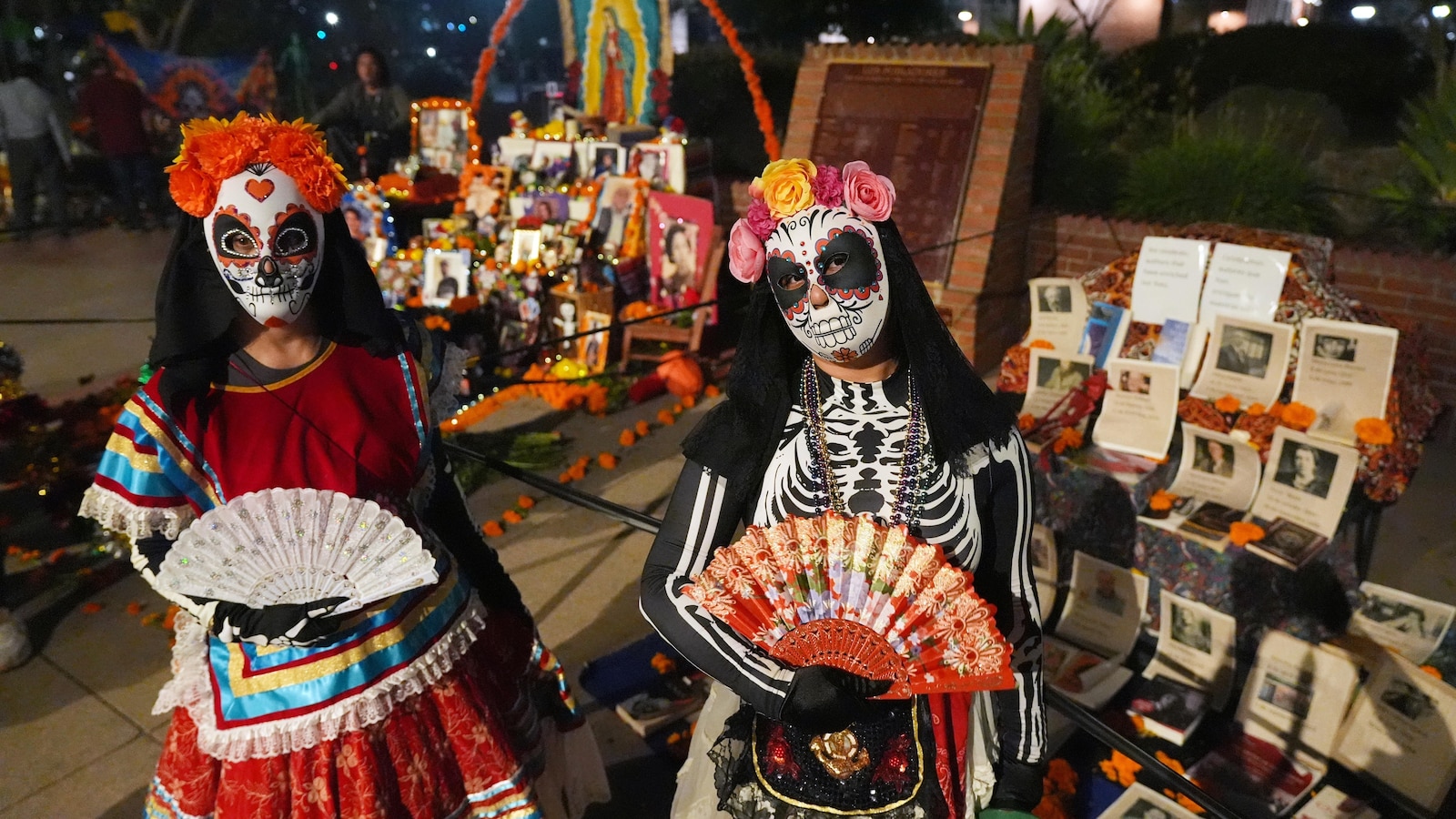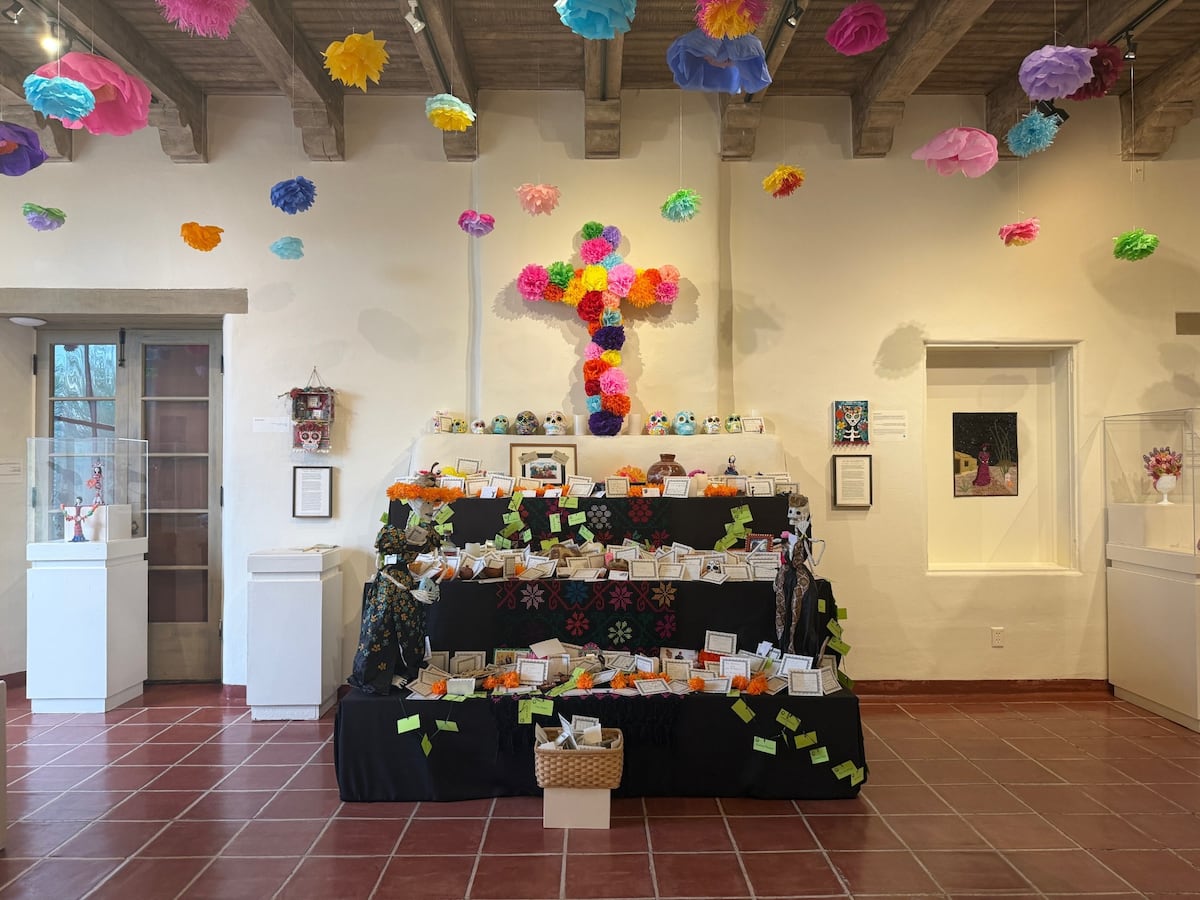Mexican Americans Navigate Tradition and Modernity in Day of the Dead Celebrations
Mexican American families are balancing centuries-old Day of the Dead traditions with modern influences and increasing commercialization, honoring ancestors through altars and unique customs.
Overview
- Mexican American families honor ancestors during Dia de los Muertos by creating elaborate home altars and visiting cemeteries, adorning them with photographs, marigolds, and beloved offerings.
- The celebrations balance centuries-old traditions with modern influences, as families adapt customs while striving to preserve the cultural significance of honoring their deceased loved ones.
- Commercialization, significantly boosted by Disney's 2017 film 'Coco,' has popularized Day of the Dead in the U.S. and northern Mexico, raising concerns about cultural appropriation.
- American businesses are increasingly capitalizing on Dia de los Muertos, prioritizing profit over the event's deep cultural and spiritual meaning, mirroring trends seen with Cinco de Mayo.
- Traditional elements like calaveritas, originating from ancient Mesoamerican practices and introduced with sugar in the 16th century, are still central, though some altars now omit traditional flowers.
Report issue

Read both sides in 5 minutes each day
Analysis
Center-leaning sources neutrally cover Mexico's Day of the Dead sugar skulls, explaining their cultural significance, traditional use on altars, and artisanal creation. The reporting details the celebratory remembrance of deceased loved ones, incorporating historical context and personal anecdotes without loaded language or selective emphasis, maintaining an informative and balanced tone.
Articles (3)
Center (2)
FAQ
Disney's 2017 film 'Coco' significantly popularized the Day of the Dead in the U.S. and northern Mexico, helping people outside the Mexican American community learn about and appreciate the tradition, but it also made the celebration more marketable and contributed to its commercialization.
Traditional Day of the Dead altars often include photographs, marigolds, calaveritas (sugar skulls), papel picado, and beloved offerings. Recently, some altars have become more minimalistic, omitting traditional flowers and colorful decorations, though as long as the core meaning is preserved, this adaptation is considered acceptable.
There are concerns that American businesses are capitalizing on Día de los Muertos primarily for profit, which can overshadow the event's deep cultural and spiritual significance, similar to the commercialization seen with Cinco de Mayo.
Families adapt customs by integrating modern aesthetics, such as minimalistic altars, while striving to preserve the cultural significance and meaning of honoring deceased loved ones, ensuring that the heart of the tradition remains intact despite changes.
Calaveritas, or sugar skulls, have their origins in ancient Mesoamerican practices and were introduced with sugar in the 16th century; they remain a central traditional element in Día de los Muertos celebrations.
History
- This story does not have any previous versions.


